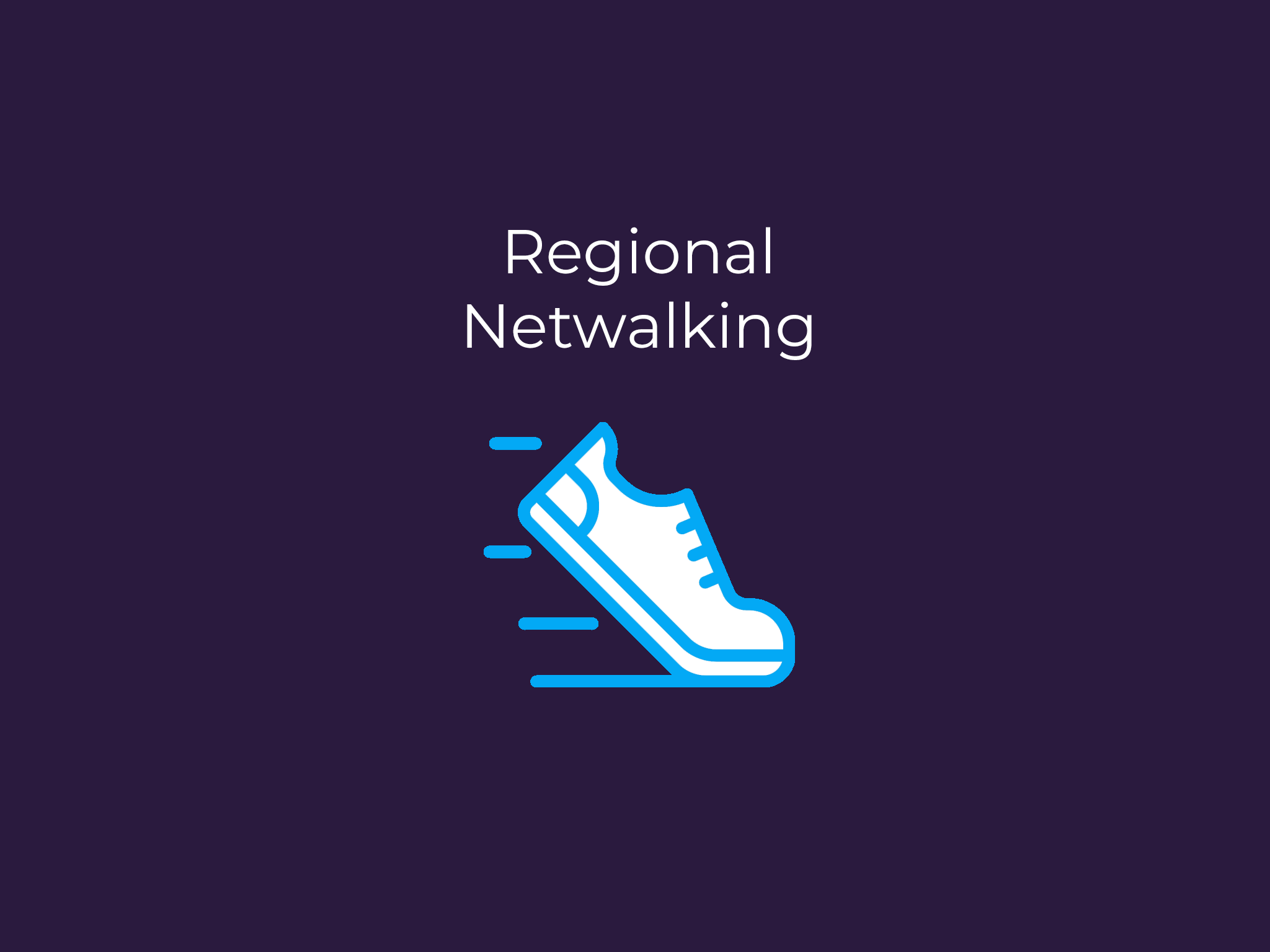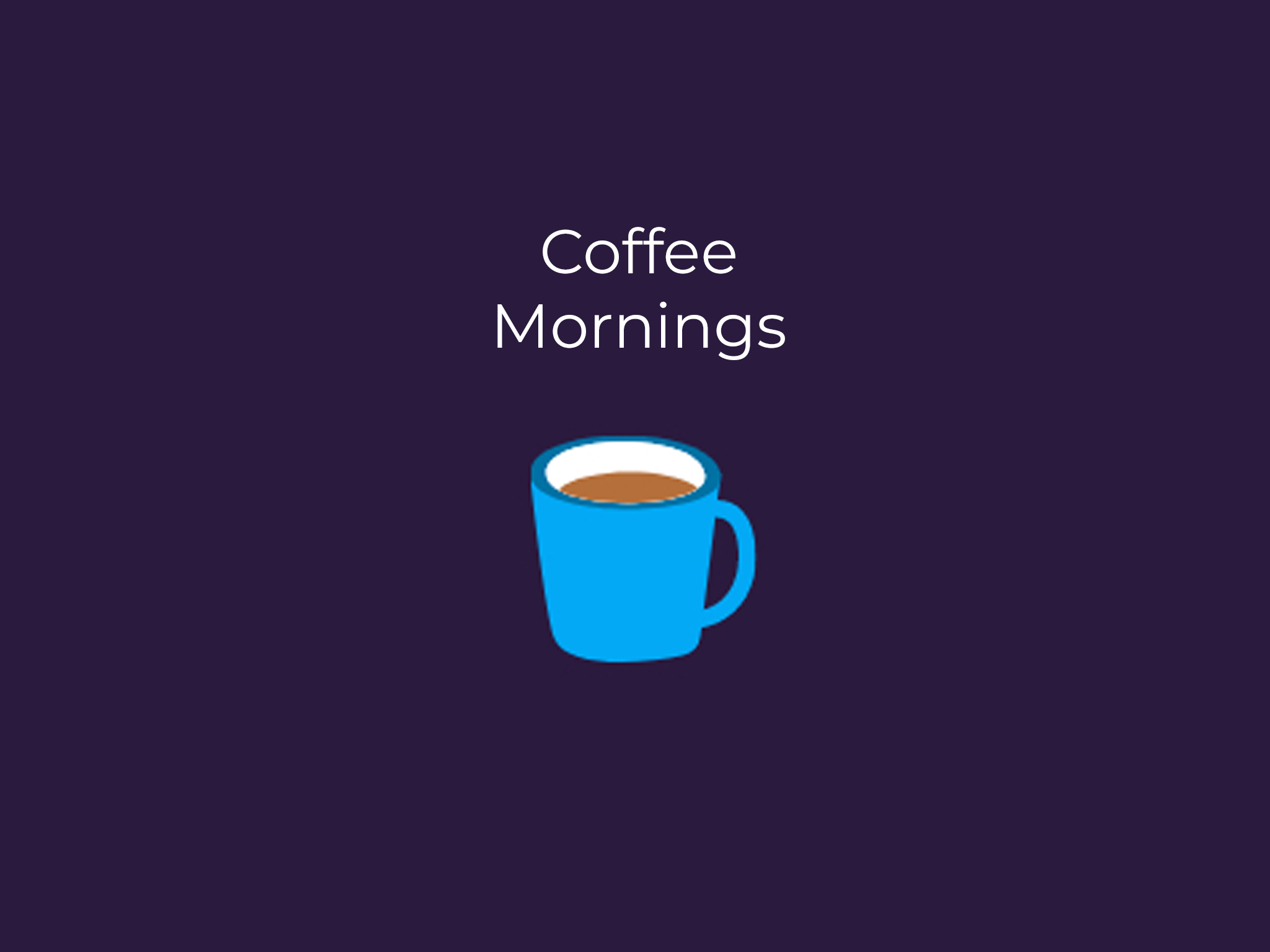A guide to utility bills and what to look out for … it’s not as boring as it sounds, promise!
Today’s topic . . . Energy Woohoo
It’s safe to say that the majority of us have been sorting out our utility bills for years. I have been renting for 12 years and moved 7 times (not my choice, we’ve been very unlucky with landlords selling). Within this time I have set up accounts, closed accounts and moved them across to new properties. It wasn’t until I joined Bunch in June last year, that I learnt you have to pay a ‘day rate’ so you can physically have access to gas and electricity . . . I was mind blown, and slightly embarrassed that I didn’t know this to say the least!
In this article I’m going to cover a few of the minor details about energy services that sometimes get missed. This may be due to lack of knowledge or it not being made obvious on suppliers websites. Nevertheless, don’t be afraid to ask the supplier questions.
Gas and Electric
When searching for your new energy provider you may see a few terms which you’re unsure of.
A ‘Typical Household’ for example, what even is that nowadays?
💫The calculations for a typical household are based on a direct debit dual fuel customer using 7,500 kWh (kilowatt hours) of gas and 1,800 kWh of electricity a year. (1 bed house, 1-2 people) Figures from Ofgem
💫However, most households aren’t typical. Bills are based on how much energy you actually use, which depends on the number of people, the type of property and its energy efficiency. Everyone uses their energy differently as some may use tumble dryers and ovens whereas others may air dry and use an air fryer!
A good way to get the most accurate new quote is to gather your readings from your current supplier or it should be on your latest bill. This will give you the amount of Kilowatts (kWh) you have used for gas and electricity over the last year.
The term ‘Allowances’, what does this mean?
💫This is the total amount of Kwh per year that you can use for the price you have been quoted. This will differ between each supplier. Sometimes when energy deals seem ‘cheap’, check what the allowances are as they may be lower than others you have compared it to. If the allowance is lower than your average usage for the past year, you may end up under paying and having a larger sum to pay at the end of the contract.
Supplier example:
-3 bed property
-Gas allowance of 9500 kWh
-Electricity allowance of 2500 kWh
If in the previous year you used less energy than given in the allowance this is a good sign. It means the allowances are a healthy amount for you and you’re less likely to under pay, and more likely to get a refund back at the end of your contract.
If the allowances are not enough and you want to make sure your payment covers what you use over the year, check with the supplier to see if you can pay more and your allowances to be increased. This can also work the opposite way. If you’re energy savvy and use well under the allowances provided, discuss with the supplier the option for your payments to be decreased as well as the allowance.
A Few Hints and Tips
💫Check the providers allowances. Are they enough or maybe too much? (based on your previous usage)
💫Check how you are being charged. Is your total amount spread equally across the year, or are they basing it on usage? So summer months tend to be lower in price, then in the winter the price increases. Make sure this is affordable for you if the payments change!
💫Keep on top of your metre readings if required by the supplier. This will create more accurate bills for you.
💫Keep an eye on your usage, especially if lifestyle or living/working circumstances change. You should have access to some sort of portal or tracking system. If you find you are underusing or overusing, get in touch with the supplier and discuss your options.
💫If you choose a ‘Fixed Tariff’ remember this is the price per kWh not the monthly amount. So if you go over the allowance you will pay more.
I hope this article is useful 🙂
Jazmyn Trigg
Bunch Partnership Specialist




